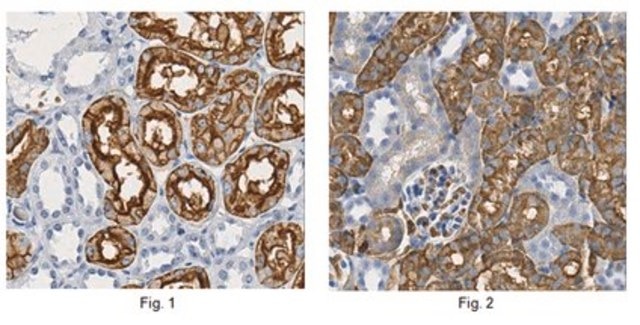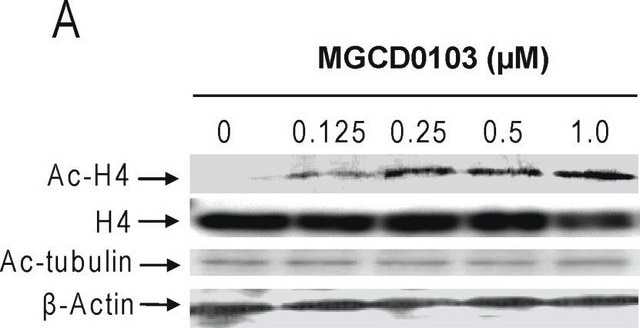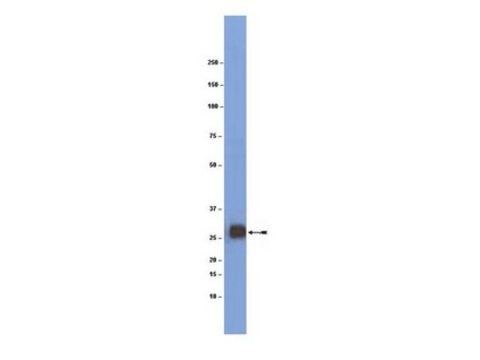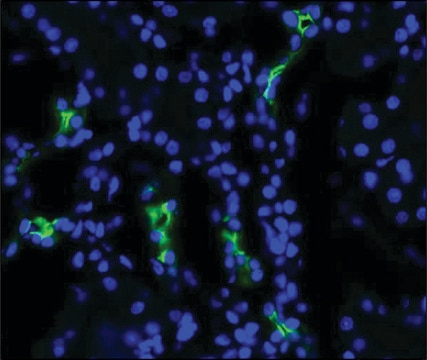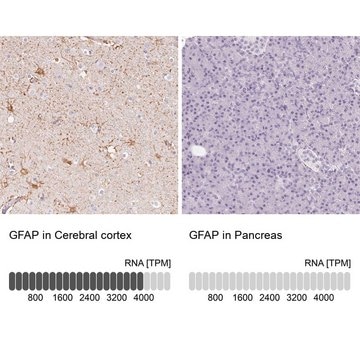A7310
Anti-Water Channel Aquaporin 2 antibody produced in rabbit
IgG fraction of antiserum, lyophilized powder
Synonym(s):
Anti-Aquaporin 2, Aquaporin 2 Detection, Rabbit Anti-Aquaporin 2
About This Item
Recommended Products
biological source
rabbit
Quality Level
conjugate
unconjugated
antibody form
IgG fraction of antiserum
antibody product type
primary antibodies
clone
polyclonal
form
lyophilized powder
species reactivity
rat, human
technique(s)
immunohistochemistry: suitable
western blot (chemiluminescent): 1:200-1:1000
UniProt accession no.
storage temp.
−20°C
target post-translational modification
unmodified
Gene Information
human ... AQP2(359)
mouse ... Aqp2(11827)
rat ... Aqp2(25386)
Related Categories
General description
Immunogen
Application
- immunostaining
- immunohistochemistry
- immunofluorescence
- immunoblotting
Biochem/physiol Actions
Physical form
Preparation Note
Disclaimer
Not finding the right product?
Try our Product Selector Tool.
signalword
Danger
hcodes
Hazard Classifications
Acute Tox. 3 Dermal - Acute Tox. 4 Inhalation - Acute Tox. 4 Oral - Aquatic Chronic 3
wgk_germany
WGK 3
flash_point_f
Not applicable
flash_point_c
Not applicable
ppe
Eyeshields, Gloves, type N95 (US)
Certificates of Analysis (COA)
Search for Certificates of Analysis (COA) by entering the products Lot/Batch Number. Lot and Batch Numbers can be found on a product’s label following the words ‘Lot’ or ‘Batch’.
Already Own This Product?
Find documentation for the products that you have recently purchased in the Document Library.
Our team of scientists has experience in all areas of research including Life Science, Material Science, Chemical Synthesis, Chromatography, Analytical and many others.
Contact Technical Service